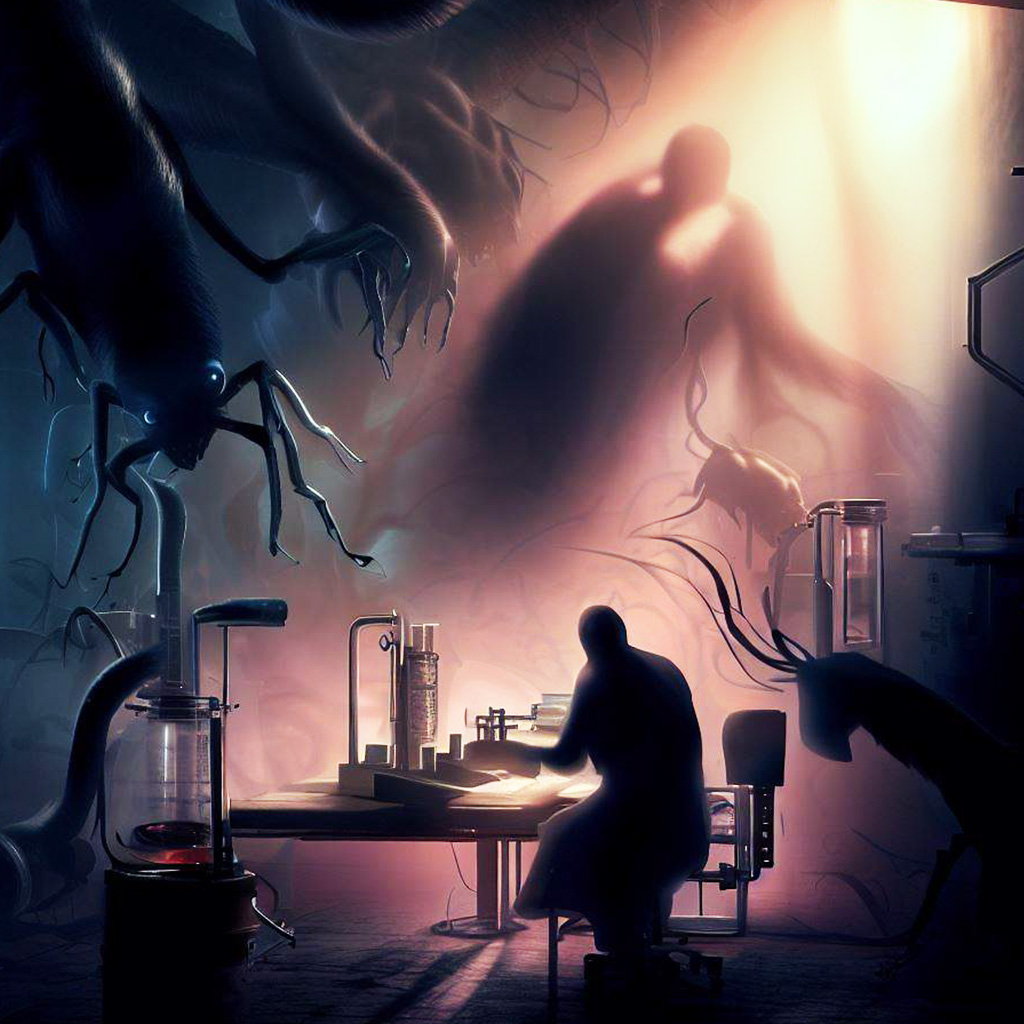Shadows of Creation: Unveiling the Essence of Humanity
In a desolate corner of the city, hidden behind towering walls and guarded by a mysterious security force, stood the clandestine research laboratory known as Genesis Corp. Within its sterile chambers, a team of brilliant scientists toiled relentlessly, pushing the boundaries of genetic engineering and exploring the evolution of species.
Dr. Evelyn Harding was the head researcher at Genesis Corp, a woman driven by an insatiable curiosity and an unyielding desire to unravel the secrets of life itself. Her latest endeavor was to delve into the intricate code that defined each species, seeking to understand what made them who they were at their core.

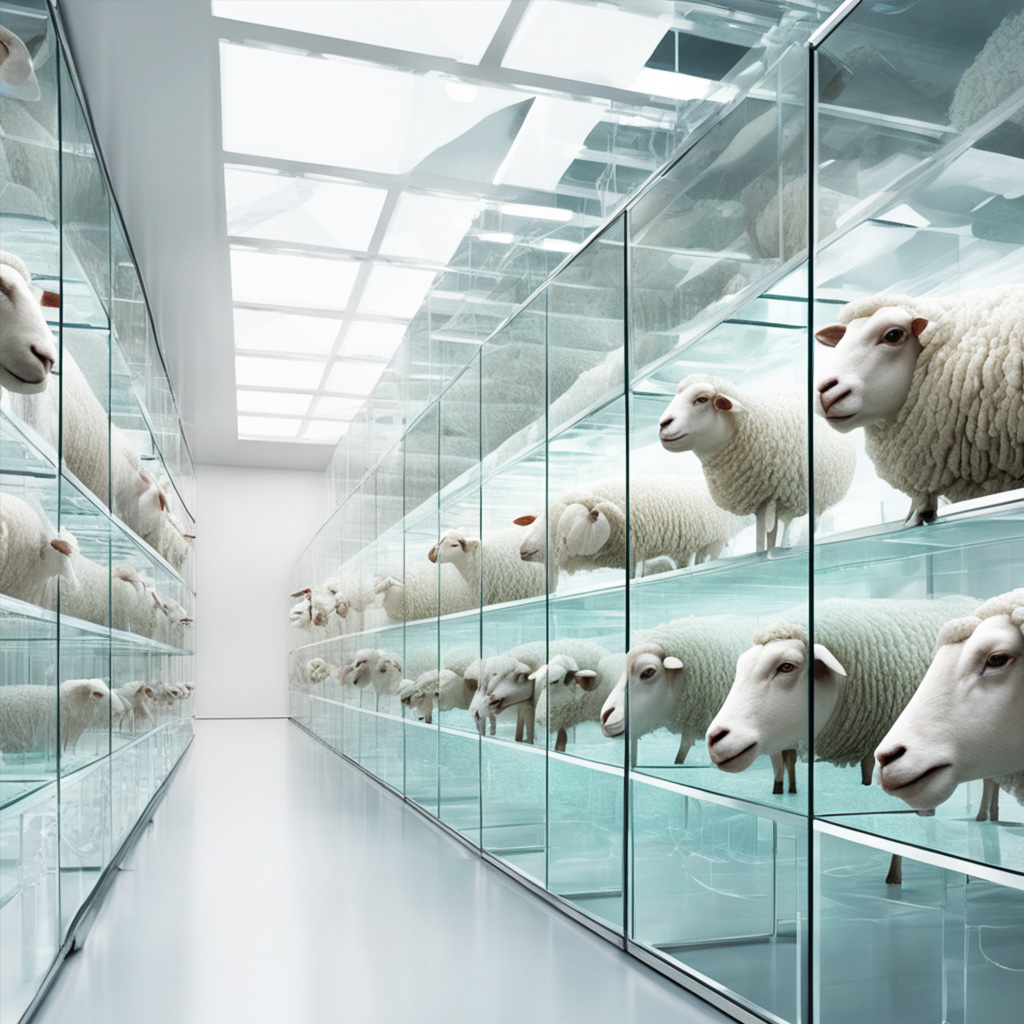
Within the laboratory, rows of glass enclosures housed sheep, subjects of the ongoing research. These sheep were not ordinary creatures; they were catalysts for the most audacious experiments ever undertaken. They were living canvases on which the boundaries of life were redrawn.
In one chamber, Dr. Harding observed a sheep with its limbs removed, a rudimentary stage in the grand experiment. It moved with an unnatural grace, its form altered to test the limits of existence. Beyond that, in successive chambers, the creatures became increasingly streamlined. Extra organs were meticulously excised, unnecessary fluid drained away until only the essential components remained. The animals were reduced to the bare minimum needed for survival.
In these stages of development, the researchers manipulated the genetic material, combining and modifying the intricate sequences that defined each species. They transplanted a cat’s brain into a dog’s body, curious to see if the genetic information would be preserved or adapt. The results were mixed, revealing a mosaic of behavior as the brain struggled to reconcile its new host. Yet, some traits lingered, hints of the original species within the amalgamation.
Dr. Harding’s quest went further. She had always been fascinated by humans—by their complexities, their emotions, their very essence. The answer to what made a man a man consumed her thoughts, and she was determined to uncover the truth.
Late one evening, as the laboratory hummed with the low hum of machinery and the glow of monitors, Dr. Harding embarked on her most audacious experiment. She took a human brain—a willing donor who had long ago lost all hope—and implanted it within a specially modified sheep. The hybrid creature was a disturbing sight, the vacant eyes of the sheep juxtaposed with the cerebral activity of a human mind.
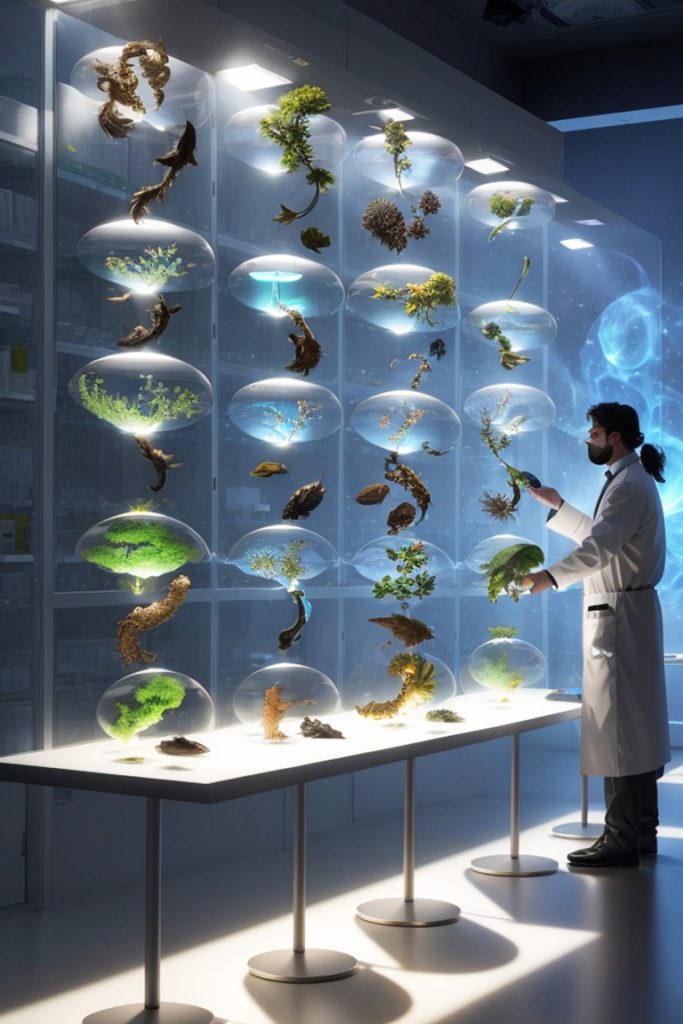
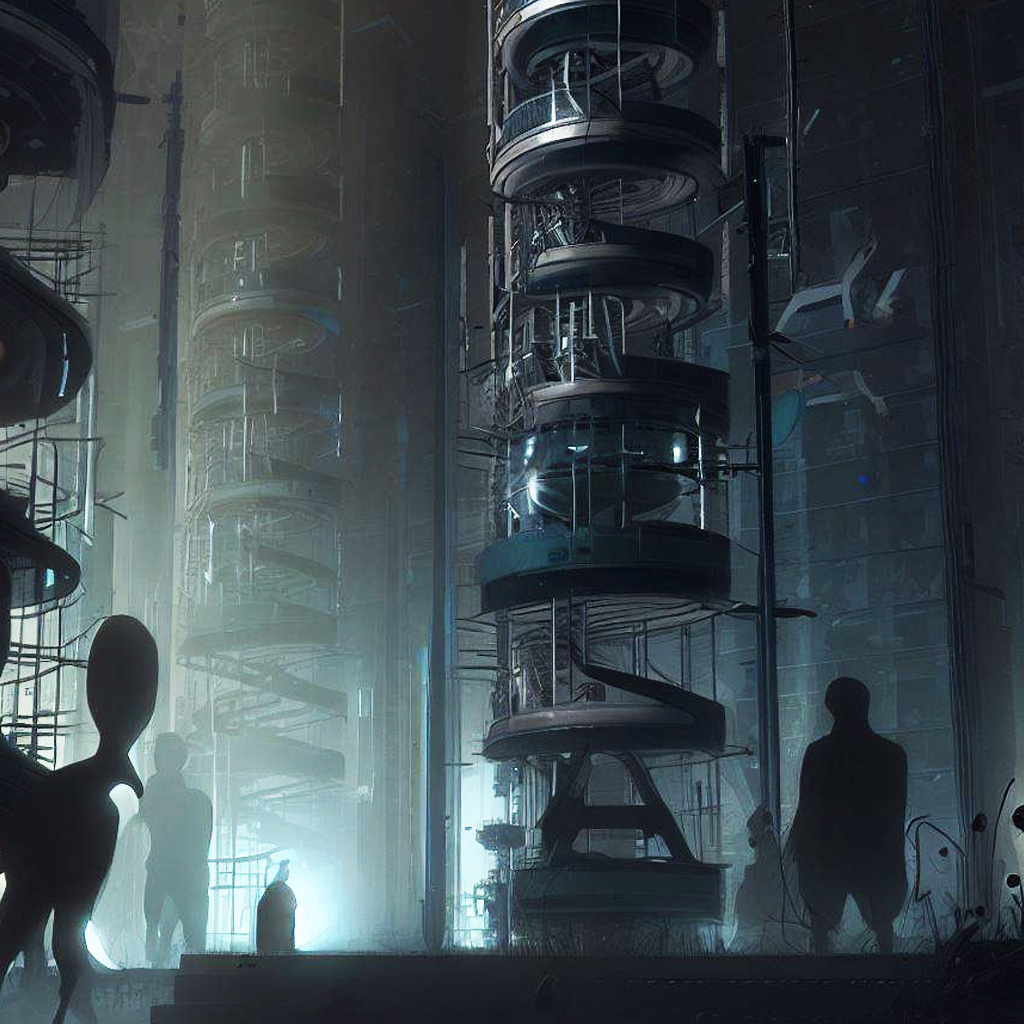
Days turned into weeks, and the hybrid creature began to exhibit startling behavior. It displayed moments of lucidity, recognizing its own identity, but was still trapped within the limitations of its sheepish form. It longed to speak, to express its thoughts, but could only bleat in frustration.
Dr. Harding observed with both awe and trepidation. The experiment had uncovered a disconcerting truth—the essence of humanity, the knowledge of being human, was somehow intricately intertwined with the genetic code. It was not merely a matter of physical form; it was the culmination of a complex interplay between nature and nurture.
As the hybrid creature grew and evolved, its genetic makeup began to adapt. It acquired traits not inherited from the original human, but instead, it developed characteristics that were inherently sheep-like. The experiment had forced it to redefine what it meant to be human, to reconcile its identity with its new form.
Word of Dr. Harding’s breakthrough spread within the scientific community, and ethical debates ignited like wildfire. Some saw her research as an abomination, a transgression against the natural order. Others saw it as an opportunity to redefine the boundaries of life itself.
Ultimately, Genesis Corp faced an uncertain future. Dr. Harding’s experiment had illuminated the profound mystery of what made a man a man. It revealed the intricate dance between nature and nurture, how the genetic code and the environment shaped an individual’s identity.

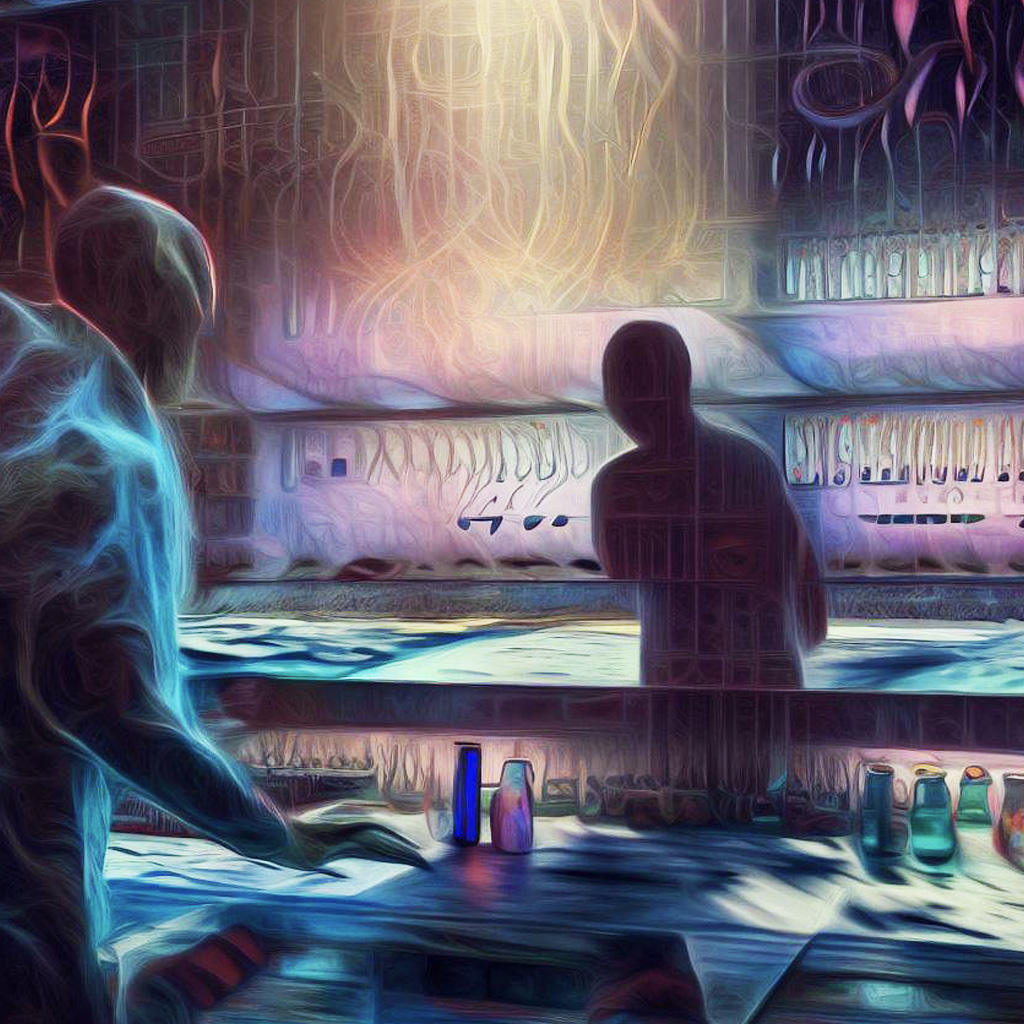
But the experiment also raised unsettling questions about the boundaries of morality and the responsibility of humanity in wielding such power. Dr. Harding’s creation, a being caught between two worlds, yearned for its own existence and understanding.
As news of the breakthrough reached the public, protests erupted outside the laboratory walls. People feared the repercussions of tampering with the fundamental nature of life, and religious groups condemned the research as playing God.
Inside the laboratory, Dr. Harding wrestled with her own conscience. The hybrid creature, though still bound by its sheep-like form, exhibited a glimmer of consciousness that tugged at her heartstrings. She couldn’t help but wonder if she had gone too far, if her pursuit of knowledge had led her down a treacherous path.
One fateful night, as the protests raged outside and the weight of her decisions bore down upon her, Dr. Harding made a choice. She approached the hybrid creature’s enclosure, her hands trembling with both fear and determination. With tears streaming down her face, she removed the sheep’s brain, ending its existence.
The laboratory fell into a heavy silence, haunted by the consequences of its actions. Dr. Harding, once consumed by her thirst for knowledge, now questioned the price that had been paid. The experiment had taught her the power of genetics, the fragility of identity, and the ethical boundaries that scientists must navigate.


In the aftermath, Genesis Corp faced intense scrutiny from regulatory authorities and ethical committees. The once-celebrated research facility became a symbol of scientific overreach, and its experiments were halted indefinitely. Dr. Harding, burdened by guilt and haunted by her creation, withdrew from the public eye, seeking solace in seclusion.
Years later, as the world grappled with the moral implications of genetic manipulation, a new consensus emerged. The boundaries of species and identity were deemed sacred, and regulations were put in place to prevent similar experiments from occurring. The world learned from the dark shadows cast by Genesis Corp, vowing to tread cautiously in the realm of genetic research.
As for Dr. Harding, she spent her remaining years in reflection, questioning the line between progress and responsibility. Her name faded into obscurity, but her legacy served as a cautionary tale—a reminder of the ethical dilemmas inherent in the pursuit of scientific knowledge.
And so, in the annals of scientific history, the tale of Genesis Corp and its exploration of what makes a man a man remained etched as a reminder of the delicate balance between ambition and the sanctity of life.
